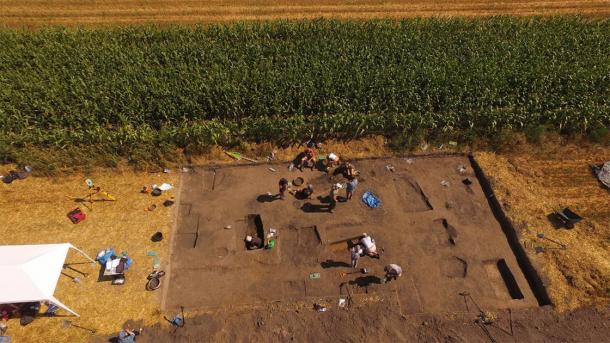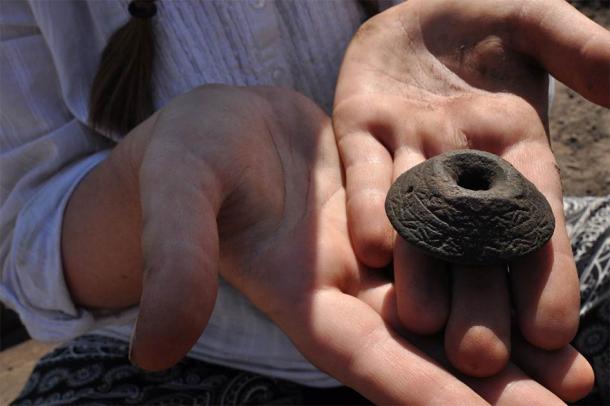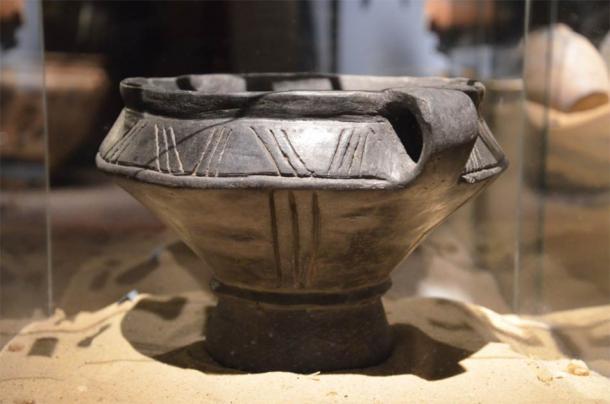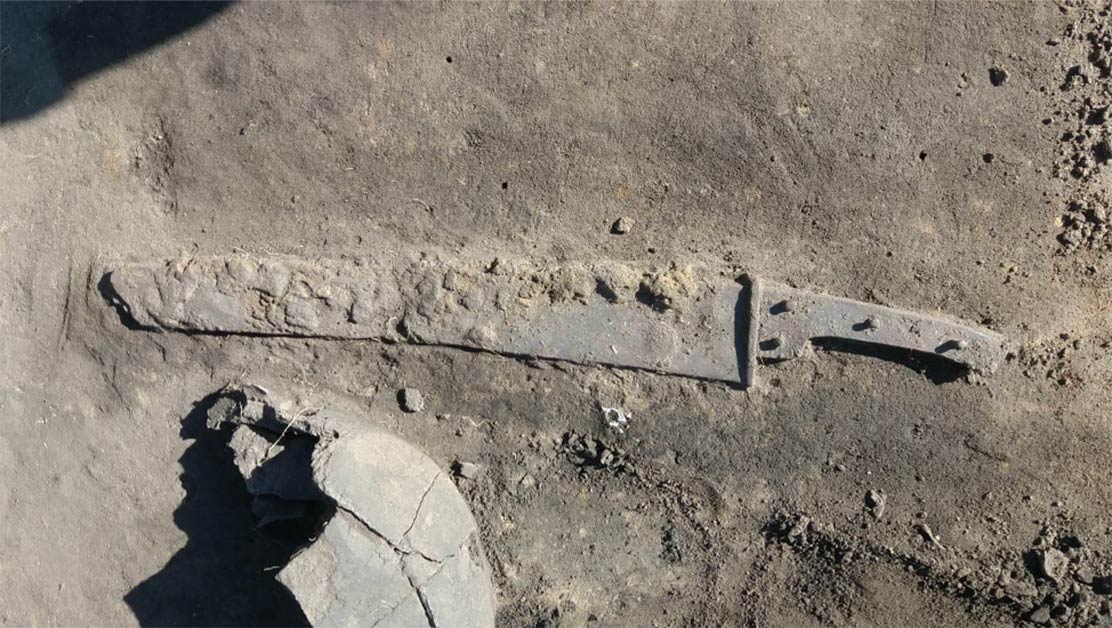Artifacts of War: Ancient Polish Weapons Found in Iron Age Graves
Archaeologists excavating a centuries-old cemetery have found a range of rare tools and ancient Polish weapons, including a stunningly well-preserved sword.
In 2019 archaeologists excavated a field near Bejsce, in the province of Świętokrzyskie, in southern Poland, and discovered a series of ancient warrior graves containing four iron swords and nine spear or javelin heads dating back 2,000 years. A Science in Poland article at the time described these artifacts as “Heavily corroded and seemingly shapeless.” And this is why the newly discovered sword, in its excellent state of preservation, is a prized archaeological discovery, offering insights into the design and styling of ancient Polish weapons during that period.
Master Spreaders
The researchers from the Institute of Archaeology at the University of Kraków discovered clothing clasps, a highly-ornamented spindle, iron needles, spearheads, and a single-edged sword while conducting recent excavations at a graveyard in Bejsce. The archaeologists say the site is associated with the Przeworsk culture, an Iron Age archaeological complex that dates from the 3rd century BC to the 5th century AD. It was named after the village near the town of Przeworsk, where the first artifacts were discovered.

The spearheads and a single-edged sword were unearthed during recent excavations at a graveyard in Bejsce. ( J. Bulas)
Living in small, unprotected villages made up of several houses, this ancient culture dug deep wells so that their settlements didn't have to be located near bodies of water, and they had mastered crop cultivation on fields which were also used as pastures so that animal excrement revitalized the fertility of the soil. According to a Heritage Daily article, the culture ’s decline in the late 5th century came just after the invasion of the Huns - in the social upheaval after the collapse of the Roman empire. The new discoveries further illustrate how Przeworsk people lived in the centuries leading up to their demise.
Digging Up Ancient Polish Weapons
The team of archaeologists discovered all these grave goods in a highly-disturbed field that has been the center of investigation since its discovery in 2019. Perhaps the most intriguing of the latest finds is an almost-perfectly preserved single-edged sword.
- The Forgotten Celtic History of Ancient Poland
- Divers Detect Titanic 700-Year-Old Shipwreck in Vistula River
- Peeking Behind the Veil: Unique and Decorative Burial Urns with Faces in the Pomeranian Culture
All other artifacts recovered from this field have been terribly damaged and twisted, often beyond recognition, after centuries of plowing. However, this ancient Polish weapon was saved though a Przeworsk cremation ritual because when the sword was roasted during its owners funeral, its iron structure was strengthened and it was able to resist progressive corrosion over almost two millennium.
The archaeologists also discovered other ancient Polish weapons, including spear or javelin heads. They also discovered several women ’s burials containing craft tools. Among these artifacts of habitation were fibules (tiny clothes-fastening clasps) and tools pertaining to the creation and repair of clothing, including a “richly ornamented spindle decorated with stripes,” according to a report in FAKT24.

Apart from the ancient Polish weapons, the archaeologists also found a richly ornamented spindle decorated with stripes. ( J. Bulas)
Exploring Ancient Dead Zones
Changing perspectives on this discovery, what was found within the ancient warrior graves is no more interesting than the actual burial area itself. In 2019 the archaeologists found the entire square kilometer site had been ritualized with quadrangular ditches and square platforms. The researchers think these represent individual family graves, or traditional ancestral burial plots, and these sectioned off areas are formerly known as “zones of worship of the dead.”
The previous examinations of these Przeworsk burial grounds revealed that the sacred areas had been used continuously over periods of up to several centuries, and some of them contain several hundred graves. Back in 2019, when this site was just another field, it was the discovery of a burial urn protruding through the soil that led to the unearthing of the warriors’ graves.
According to the 2001 Oxford Illustrated History of Prehistoric Europe, when Przeworsk people died they were cremated and their ashes were sometimes placed in “bulbous” urns, but this styling changed during the 1st century AD, when “sharp-profiled” urns with a horizontal ridge around the circumference were preferred.

Przeworsk burial urn. (Silar/CC BY SA 3.0)
And now that an almost-perfectly preserved sword has been discovered among the heaps of corroded and twisted artifacts at this site, like the changes discovered in urn design, volumes of lost knowledge will soon be gleaned about swordsmanship and the art of war in ancient Poland.
Top Image: This well-preserved sword is a rare ancient Polish weapon discovered near Bejsce. Source: J. Bulas
By Ashley Cowie



















